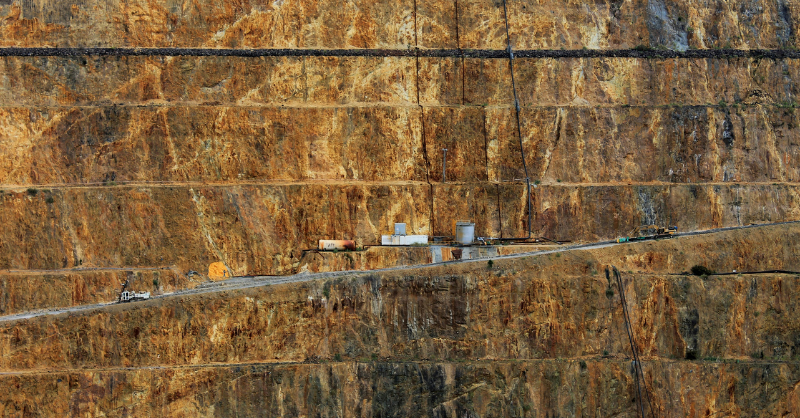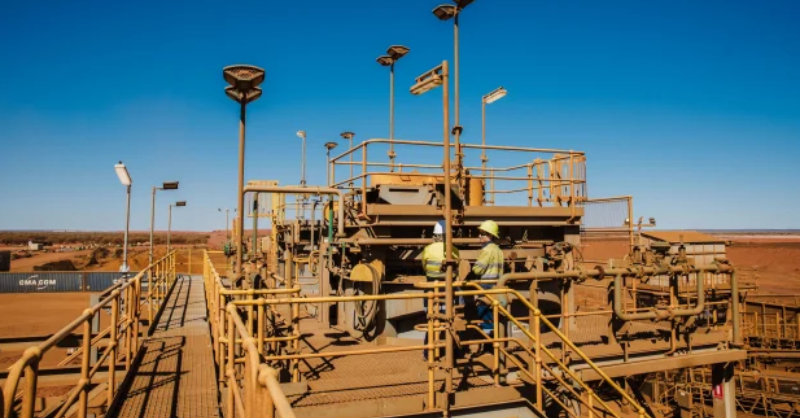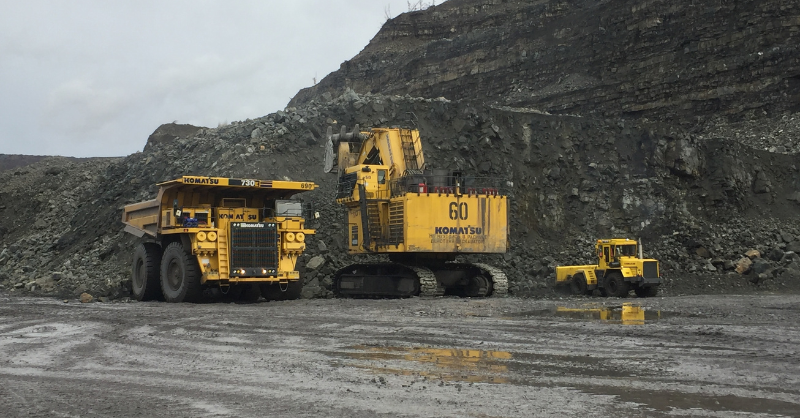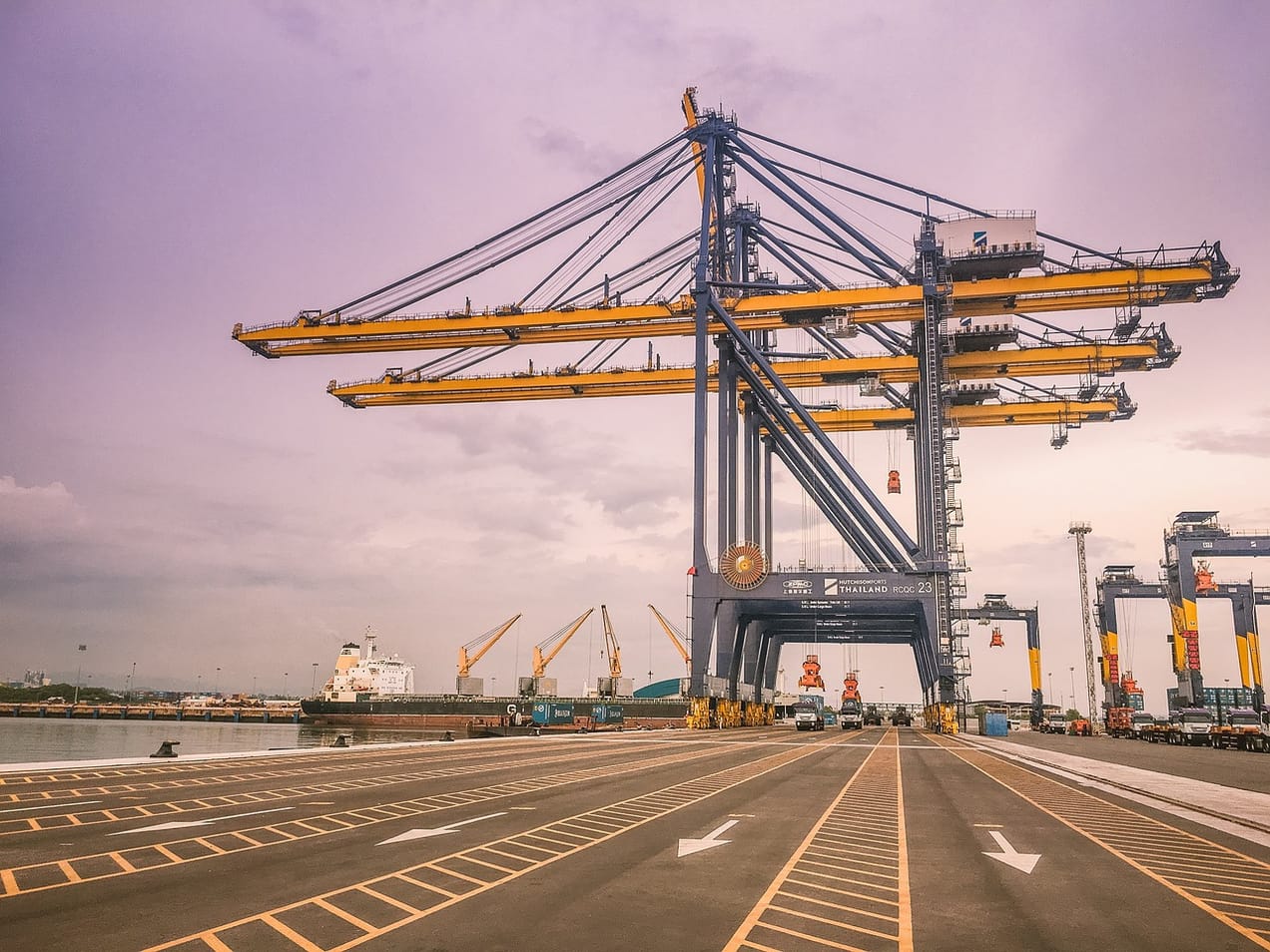
Sustainable mining - will we fund the required investment?
One of the biggest sustainability transition challenges relates to our ability to mine enough critical minerals to allow the various sustainable industries to scale up the (already known) solutions.
One of the biggest sustainability transition challenges relates to our ability to mine enough critical minerals to allow the various sustainable industries to scale up the (already known) solutions. To be clear, this is not about are there enough minerals in the ground (there are). This is about our willingness and ability to mine them in a sustainable and economically viable way. This will need a lot of investment. And some of this will come from non traditional investors. But it will also need a change in mind set. Working with local communities rather than 'exploiting' them. Value creation rather than value extraction.
Communities make or break conflict-free projects. Collaboration adds value. Continuing conflict destroys value.
Before handing over to Rob Karpati, from The Blended Capital Group, let's give this discussion some context. First up, we know that the sustainability transitions are going to generate massive extra demand for what are known as critical minerals. These are minerals that, to use a definition from Rosie Barnes, are essential for our future, AND at risk of supply disruption. Note, Rosie says at risk of supply disruption, not 'we don't have enough of them'.

Second, we know that some of these minerals can come from recycling. And we know that new processing methods, raw material substitution (such as the phasing out of cobalt in Li Ion batteries), and even new energy technologies (such as demand management), will mean that the demand for some mining might be lower than we expect now. But the bottom line is that we will need more mining of some minerals/raw materials. And, to state the obvious, less mining of some others.
And third, the debate is not just about how and where we dig these minerals out of the ground. It's also about how and where we process them. Many of the processes we currently use have a high risk of material environmental damage. And, as many of you will know, there is also a major geopolitical element, with China dominating the processing aspect of many of our critical minerals.
Finally, we need to keep the current debate in context. To quote Rosie Barnes again ... apparently in 1924 Ira Joralemon, a copper mining expert, warned that the copper supply would only last a score of years. And then our civilisation based on electric power will dwindle and die. As we know copper production actually rose over 20x since he made that statement. We didn't run out.
If you want to explore these issues some more, it's worth reading some of Rob's earlier blogs, and our related analysis of issues such as the social licence to extract.

So, what will mining look like in say two decades, how can we make it more sustainable, how will it be funded, and how can we preserve and enhance the social licence to extract and process? Over to Rob.

The details
The face of mining investment is changing
The face of mining investment is changing as the overall industry changes. The energy transition is creating unprecedented demand for critical minerals, requiring investment in the hundreds of billions of dollars in coming years in order to build capacity. McKinsey Consulting estimates that $250-300B in net new investment is required by 2030 for copper and nickel alone.

At the same time the industry is adapting to a variety of other changes - AI, robotics, big data. But none of these changes approach the scale of growth requirements, or the importance of ESG. Investors are increasingly focused on ESG because they understand that social and environmental performance moves the bar on value. In short, communities make or break conflict-free projects. Collaboration adds value while conflict destroys value.
So, if the demand is rising, and ESG and sustainability is a value creator, why have investors not rushed in to fund the required expansion? Traditional mining investors, who often focus on traditional risks that include exploration, cost, price and political uncertainty, have not come to the table with investment that will drive necessary growth.
Part of this is the fact that this 'new', more sustainable mining, is different. But it's also partly due to a lack of visibility. This has been caused by changing political priorities, and the absence of commonly agreed standards.
Compounding this opacity is a speculative mindset within small scale exploration company investments, where a contextual story often wins out over geologic and social facts. Large scale mining companies operate outside of this speculative mindset, not directly involved but arguably benefitting from reduced exploration risks that are absorbed in the junior market.
What does good sustainability practice look like on the ground?
A basic challenge faced by investors is the ability to understand ground level ESG performance. There are a variety of responsible standards, including ICMM Principles, Mining Association of Canada ‘Toward Sustainable Mining’ standards, World Gold Council RGMP standards, Copper Mark, IRMA and so on. But, ground level validation is inconsistent at best. And conformance is largely voluntary, and industry monitored.
Further opacity exists because of sustainability reporting standards such as GRI, that are largely voluntary and unaudited. And ESG ratings, such as Sustainalytics often lack transparency. Investors need to go below the surface in order to validate true sustainability performance, which is challenging or in many cases impractical. Many new investors, who might want to support sustainable mining, are often poorly resourced to address these issues.
What is being done to fix this?
The UN Mining 2030 Investor Commission is pushing for much more clarity. The precursor to the Mining 2030 Commission was the work on tailings management standards that resulted in the Global Industry Standard on Tailings Management (GISTM) - after the twin 2015 and 2019 Brazilian tailings disasters.

As well as ongoing work to strengthen both standards and conformance, the GISTM will fundamentally change safety outcomes as greater rigor is applied.
Given the need for strong social and environmental performance across mining, the intent is to converge from multiple toward common standards/applications. These will be investor aligned in terms of social and environmental expectations, given the risks as well as the opportunities that are inherent in strong practices. The long-term scope of this work will consider differentiated standards for large scale as well as artisanal mining.
Addressing systemic risks
Beyond the clear ground-level business risks associated with social and environmental performance, the work of the Investor Commission also supports mitigating systemic risks:
- greater transparency enables more targeted capital allocation decision making. This is essential given the amount of investment that is needed to support critical minerals growth
- a just transition mindset in mining growth also supports sustainable development,
- human rights adherence as well as downstream customer reputations

New Investors / Blended Finance
As the Investor Commission manages its critical work, a variety of non-traditional
investors have become mining focused given the importance and scale of the need:
- blended finance - public financing is now focused on critical minerals. The Inflation Reduction Act in the US is the largest example. But others, including measures in Canada, Australia, and the EU, are engaged to different degrees. In some cases, like Saudi’s focus on mining through Ma’aden, active state involvement is impacting what the global industry will look like. The bottom line is that blended financing schemes can catalyse growth as private investment is leveraged with public funding.
- non-traditional investors are also becoming mining focused as they understand both the risks and opportunities of supply shortfalls. Kobold, a mining exploration company that is partly owned by Bill Gates and Jeff Bezos, is an example.
- end-user financing - automotive OEM’s like Ford and Stellantis are now mining investors, as they strategically lock-in long term supply in an environment where broader scarcity risks are significant.

Combinations of these investor categories, together with traditional mining investors, will drive changes in long held industry paradigms in coming years.
Artisanal mining still a gap
One gap area is artisanal mining. There is not yet a robust investment marketplace to support the needs of the 45 million person strong ASM sector. The UN Mining 2030 Investor Commission is working to solidify standards. And organisations like The Blended Capital Group are working on opportunities for materially better outcomes around dignity and productivity. Given these efforts, it is natural to expect that investment in this sub-sector will mature in coming years.
The fact that many artisanal miners focus on critical minerals, where productivity can contribute to bridging supply gaps, will further intensity investor focus on ASM in coming years.

Summary
The face of mining investment is changing as the industry itself is transformed. The reality of massive growth opportunities in critical minerals is that new approaches are needed for fundamentally shifting performance. The work of the UN Mining 2030 Investor Commission, combined with the actions of new investors, will drive a step-change in the ESG performance of the mining industry. These changes will be strategically essential for delivering the tonnage that the energy transition is demanding in coming years.
Something a little more bespoke?
Get in touch if there is a particular topic you would like us to write on. Just for you.
Contact us
Please read: important legal stuff.



